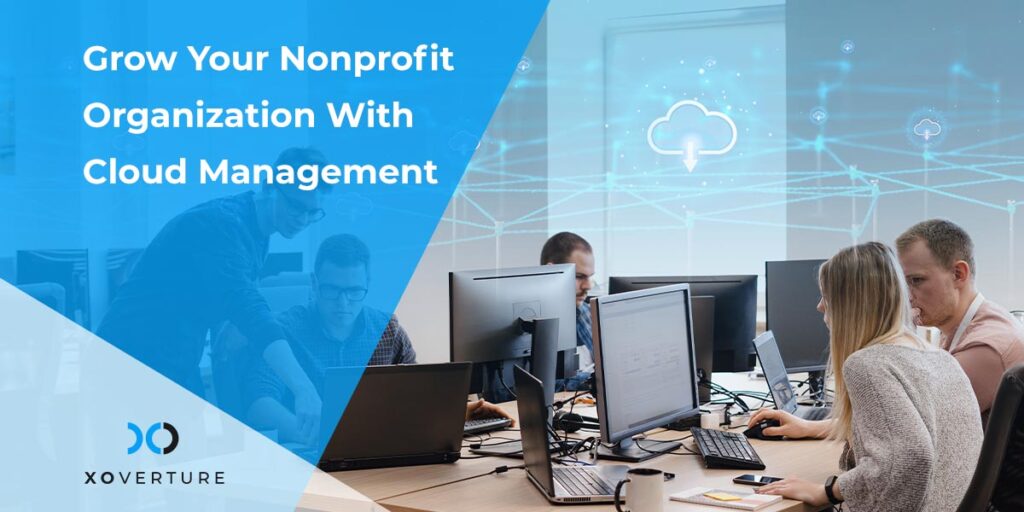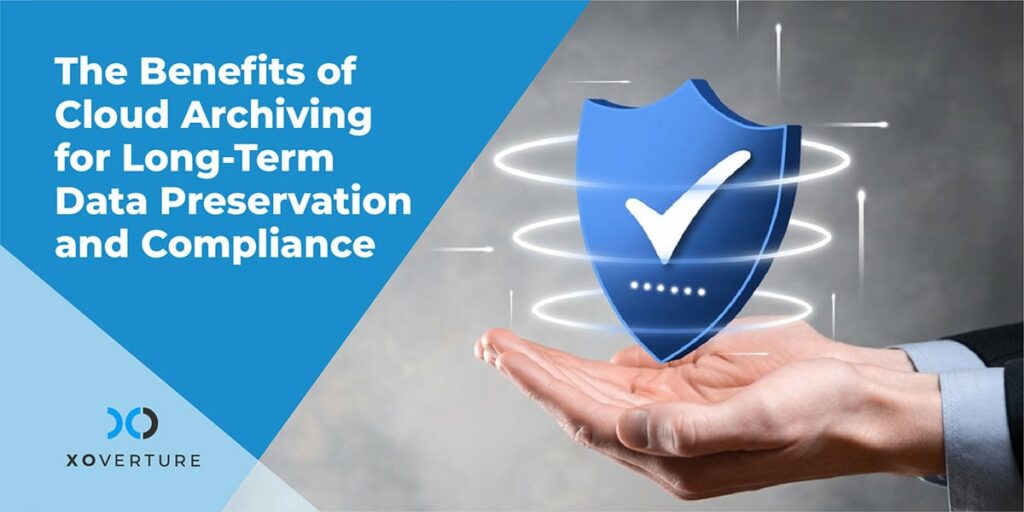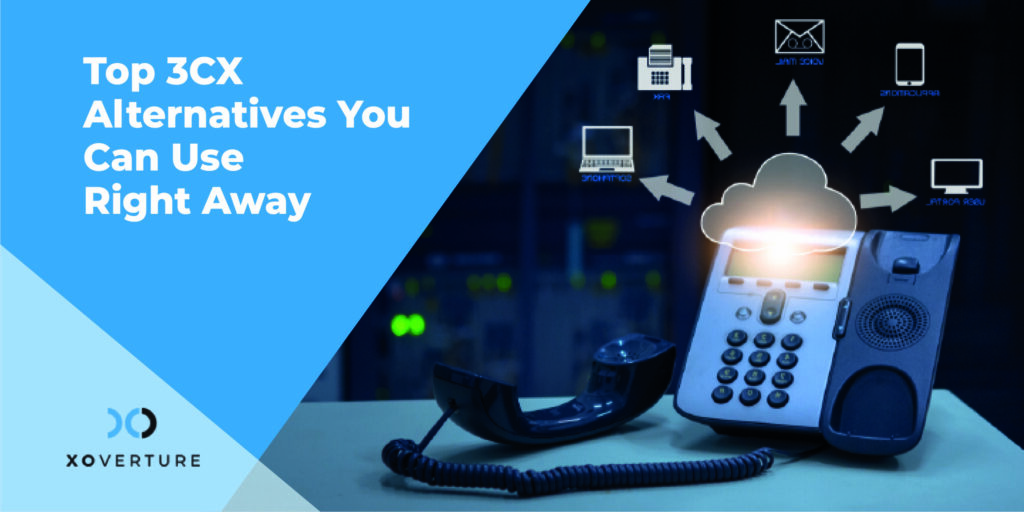Most businesses are adopting cloud-based computing and nonprofits are following suit. Simply said, the cloud is a network of servers that stores data online. Data is stored in the cloud by those who use it. Instead of keeping it on-site, they access it online.
Nonprofits can benefit from adopting cloud technology into their processes in a plethora of ways. This entails having systems for organizing and streamlining volunteer applications, donor interactions, donation processing, and document management.
It could be difficult for nonprofit organizations to evaluate how they assess their document utilization and decide whether or not to switch to a cloud solution on their own. Making decisions on which cloud platforms to use and how the process will go is harder. This blog will cover every aspect of growing a nonprofit organization using cloud management. But let us start with understanding what a cloud is:
What Is The Cloud?
It’s important to take a step back and make sure you understand what Cloud means and how it works before considering how it can help your non-profit. Your data is not floating around in the cloud. The Cloud is a location where you may access your data and documents available on the internet rather than via a local server or hard drive.
We have all been using the Cloud for a few decades. Gmail and Amazon are two examples of services that are fully cloud-based because you can access them through the internet rather than locally. In short, the Cloud is a collection of services that you may access online. We now have a fundamental idea of what the cloud is, so let’s look at the advantages.
How To Grow Your Nonprofit Organization With Cloud Management?
Due to a lack of resources and typically limited access to cutting-edge technology, many non-profit organizations rely on dated software and legacy systems. But let’s look at the benefits cloud computing can have for a non-profit and how it will affect operations as organizations around the world strive to replace their legacy systems.
Easy Data Management And Better Integrations
Integration and data management are made simpler by cloud-based applications. You may connect almost any software and data combination you may need, including two cloud-based applications, cloud and on-premises systems, and integration between them. Furthermore, cloud-based infrastructure is often created to manage and analyze massive volumes of data so your organization may use analytics to better achieve your mission. Overall, this will benefit your nonprofit by providing better data and deeper insight.
Cost Effectiveness
Since there is no need to maintain a physical server, nonprofits can now lower their overall cost of ownership for expensive servers and other IT expenses. The cumbersome processes of installing, maintaining, and upgrading software solutions each time a newer version is released are also done away with by the cloud. This lessens dependency on finite IT resources, allowing staff to concentrate more on their main goals. The risk of loss due to lost or stolen data is further decreased by the cloud. It enables non-profits to access enterprise-level security software for a fraction of the price of a standalone purchase.
Secure Data Storage
Nonprofit organizations must make sure that all sensitive data is kept secure, perhaps even more so than any other company. Many people are involved with nonprofit organizations, including employees, volunteers, donors, and beneficiaries. They naturally gather a lot of personal data that must be kept private. It’s crucial to stay updated with the best enterprise network security products because of this reason.
You can reduce the danger of your data being lost or stolen by implementing cloud technologies. High-level encryption and robust cloud security reduce the likelihood that such an incident may happen. Off-site storage also eliminates the need for regular network monitoring and worries about physical damage to equipment.
Data recovery and backup options are also available via cloud technology in the event of any security breach. Your devices may be the target of threats both online and offline. Your data will be waiting for you in the cloud safely regardless of whether a virus or a robber compromises your device. This guarantees business continuity.
Ease Of Remote Data Sharing
A nonprofit requires people with a wide range of expertise to function, including stakeholders, board members, grant writers, and more. Collaboration is essential for these people as they might not always be in the same location.
If a user has an internet connection, they can use the cloud to get any information they need from wherever.
Nonprofits can share data more efficiently and securely thanks to this remote access via the cloud, which invariably leads to higher productivity. In fact, “remote access” was mentioned as a key benefit of the cloud by more than 45% of nonprofit organizations.
Minimal Hardware Dependency
Users note that there is less of a need to upgrade their systems as they move their mission-critical business applications to the cloud. Most of the processing power needed to operate cloud-based applications is online rather than on an individual computer or on-site server; consequently, your data may be seen as rapidly on a hundred-dollar desktop as on a high-end laptop. Nonprofits no longer need to rely significantly on physical hardware to set up their IT infrastructure. Additionally, cloud computing allows you to lessen your dependency on technical support because it requires less IT manpower and expertise.
Why Nonprofits Must Move To The Cloud?
Automating the minimum is unlikely going to be enough to support your growth and your demands for accountability and transparency. Particularly for accounting, monitoring, and reporting requirements, financial management systems for nonprofits must have specialized functionality.
Nonprofits strive to devote more resources to their core objectives, decrease operating expenses, and ultimately perform better. How to increase effectiveness without going over budget is a conundrum for many. Although moving to the cloud may be motivated by cost. The truth is that cloud solutions are more robust and versatile than ever before and offer integrated solutions tailored to your organization’s needs.
In other words, the cloud can provide both cost savings and innovative, integrated solutions that enable your nonprofit to be the best it can be. In other words, the cloud may offer your nonprofit the cost-savings and innovation, integrated solutions it needs to succeed.
Need help migrating to the cloud? Contact XO experts right away!




